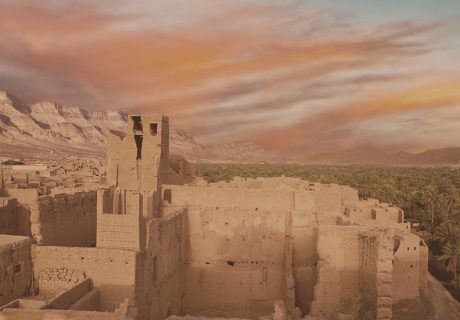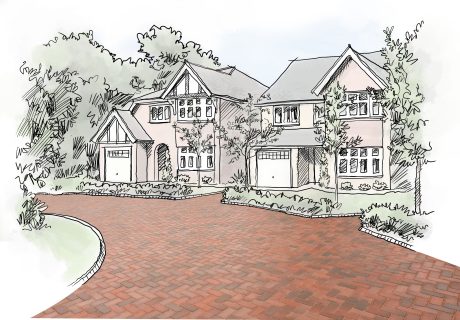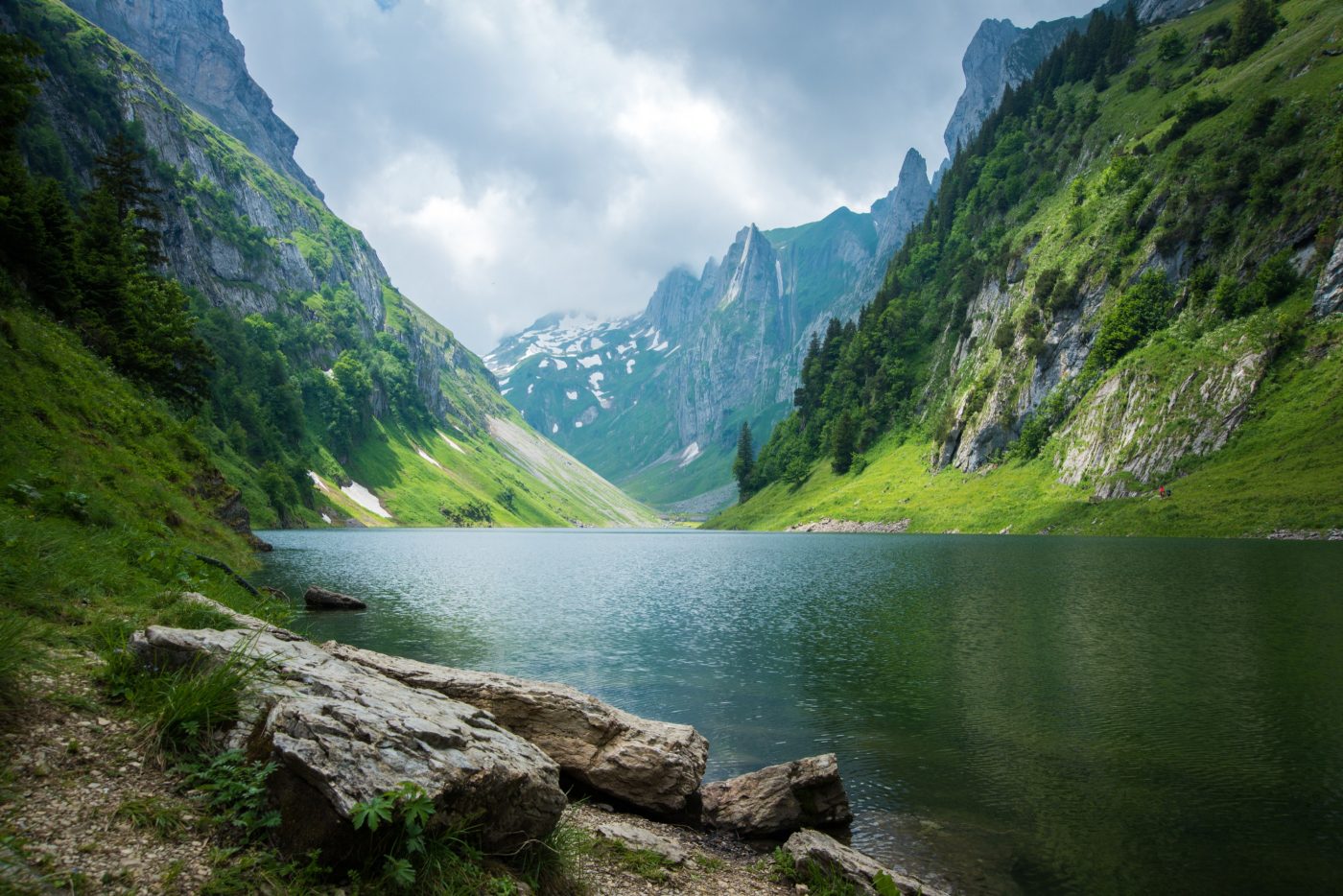The Story of Clay


Throughout human history, we only have to look to the evidence that exists to see that clay as a building choice has been employed as one of nature's most trusted natural material's, with its use even dating as far back as the Babylonian civilisation in 3000BC.
It is an incredibly versatile and robust material which throughout the years has been utilised in many ways, these include; cooking pots, artwork, kitchen utensils and of course - construction. Clay as a natural product can retain its colour for hundreds of years due to its colour properties, which naturally exist within the material's earthy texture. The reason why Clay has stood the test of time is because of exactly that, it is a trusted material that retains its quality and aesthetics for many years, allowing for legacies that are built to last.


For the past 200 years, we've been doing things in our unique Wienerberger style. And by doing so, we've created a reputation for quality, expertise, and innovation. The story of clay starts in the mountains, it then undergoes chemical erosion, weathering, extraction, baking along with being quality checked, ready to be distributed for use in a variety of your landscape projects.

Contact us for more information.